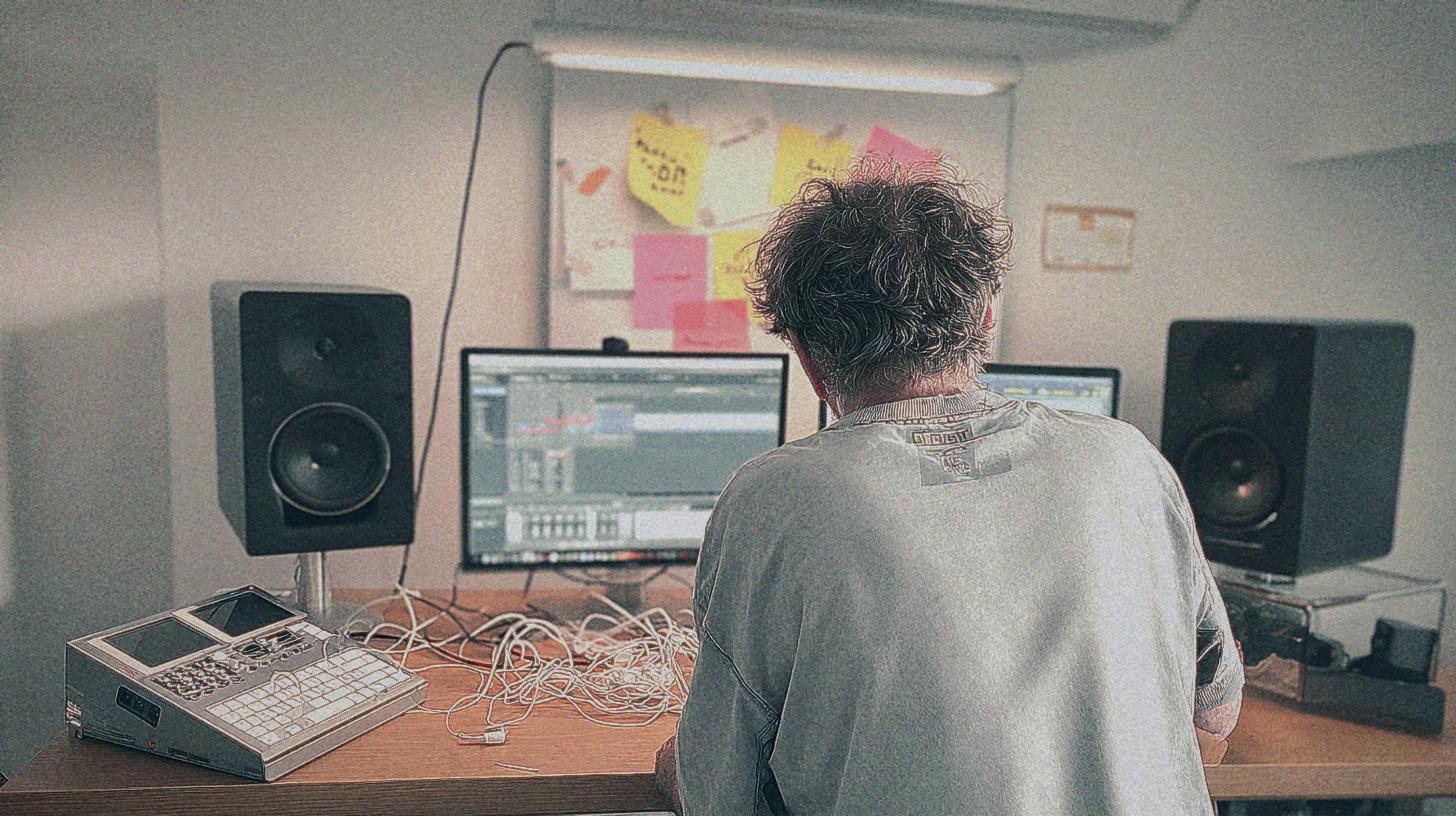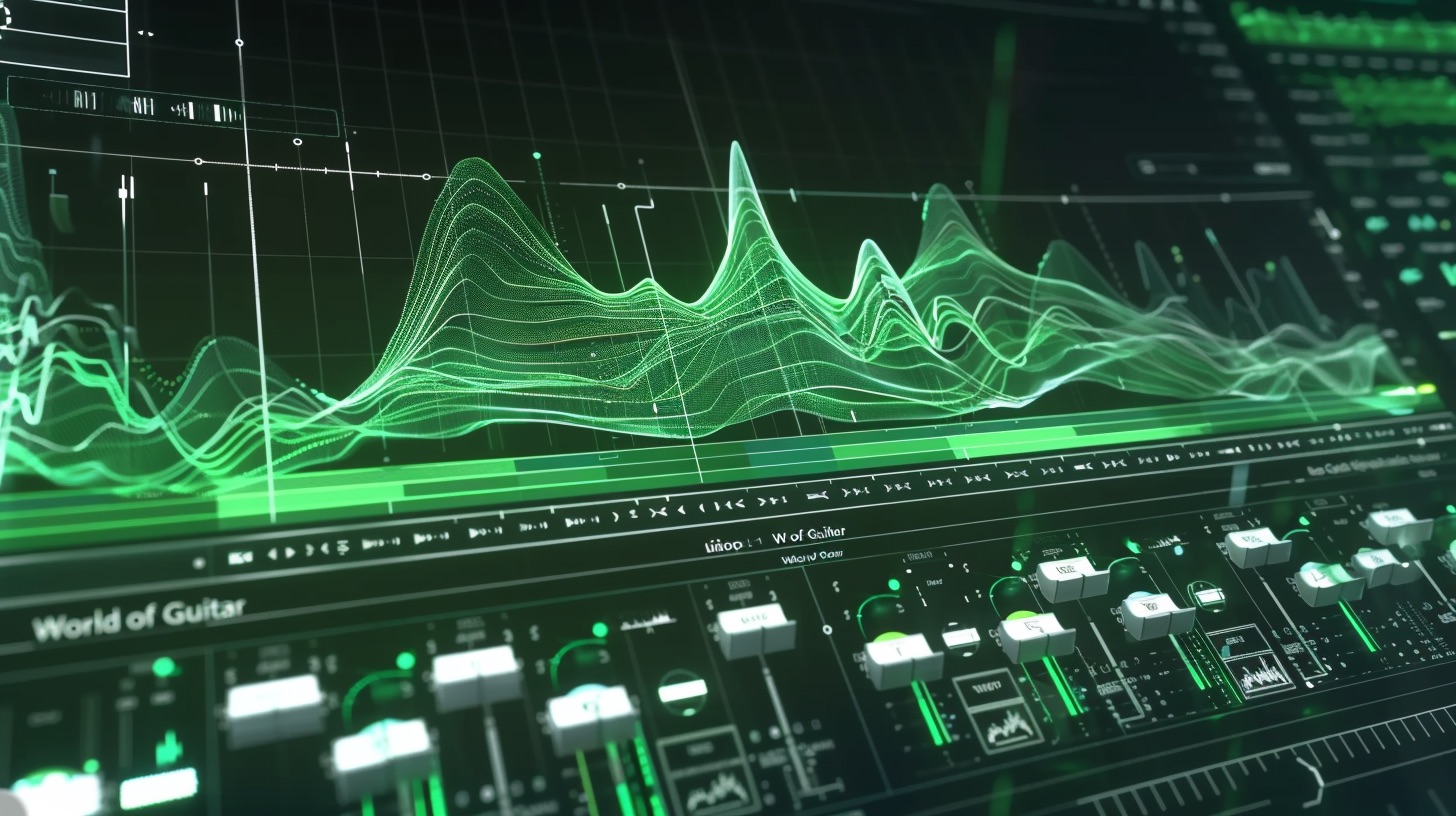
Why The FabFilter Bundle Dominates Modern Metal Mixes
Nail The Mix Staff
If you've been producing metal for more than a few years, you've seen the shift. The bar for production quality has skyrocketed. That raw, slightly dodgy sound from a 2000s metalcore demo just doesn't fly anymore. Today, even local bands are expected to drop tracks that sound polished, massive, and professionally mixed.
This is where your toolkit becomes absolutely critical. And for a huge number of modern metal producers, the go-to toolkit is the FabFilter bundle.
You've probably seen their clean, colorful interfaces all over YouTube tutorials and producer livestreams. There's a reason for that. While older plugin suites like Waves were built around emulating classic analog gear, FabFilter built their reputation on insane precision, unparalleled visual feedback, and features designed for the challenges of modern music—challenges like wrestling with 9-string guitars and making programmed drums sound brutally real.
Let's break down how you can use the core plugins from the FabFilter bundle to tackle the biggest hurdles in mixing modern metal.
Pro-Q 3: Surgical EQ for Brutal Clarity
Pro-Q 3 is arguably the most popular EQ plugin on the planet, and for good reason. For metal, its power lies in its ability to be incredibly surgical, which is exactly what you need when every frequency is fighting for space.
Taming the 8-String Low-End Nightmare
Modern metal means low tunings. We’re talking 8- and 9-string guitars that live in the same frequency range as the bass guitar. Getting these two elements to coexist without turning your mix into a muddy mess is a core challenge.
This is where Pro-Q 3’s dynamic EQ becomes your secret weapon.
Actionable Tip: Instead of carving out a static EQ hole in your bass to make room for the guitars, make it dynamic.
- Put Pro-Q 3 on your bass track.
- Create an EQ band in the problem area where the guitar chugs are most powerful (usually somewhere between 80Hz and 200Hz).
- Make it a dynamic band by right-clicking the node and selecting "Make Dynamic."
- Engage the external sidechain and route your main rhythm guitars to it.
- Set the dynamic band so it only ducks the bass frequency by 2-3dB when the guitars are playing.
Now, the bass is full and present when it’s on its own, but it intelligently gets out of the way of the chugs the second they hit. This creates space and impact without sacrificing low-end power. For more fundamental EQ strategies like this, you can dive deeper into our EQ strategies for mixing modern metal.
De-fizzing High-Gain Guitars and Cymbals
Another common problem is that nasty, fizzy high-end that can make distorted guitars and cymbals sound cheap and harsh. Broadly cutting the treble will just make them sound dull. You need to be a surgeon.
Actionable Tip: Use Pro-Q 3’s Spectrum Grab feature to pinpoint and eliminate harshness.
- Let a section with cymbals and guitars loop.
- Hover your mouse over the spectrum analyzer in Pro-Q 3. The display will freeze and highlight the most prominent frequency peaks.
- See that nasty, sharp peak around 6-8kHz on your overheads? Just click on it. Pro-Q 3 will automatically create a narrow notch filter right on that problem frequency.
- Pull it down until the harshness is tamed, but the overall brightness remains. It’s a level of speed and precision that’s hard to achieve with other EQs.
Pro-C 2: The Ultimate Compressor for Punch and Glue
Modern metal drums need to be inhumanly tight and punchy. Whether they’re programmed with GetGood Drums or a heavily sample-replaced acoustic kit, the compression needs to be on point. Pro-C 2 is a chameleon that can go from transparent glue to aggressive smack with a few clicks.
Getting That Nasty Snare Crack
Want your snare to cut through a wall of guitars? You need to shape its transient and body perfectly.
Actionable Tip: Use the "Drums" style in Pro-C 2 for aggressive, punchy processing.
- Load Pro-C 2 on your snare top track.
- Select the "Drums" or "Punch" style.
- Set a relatively slow attack (around 10-15ms). This lets the initial "crack" of the stick hitting the drum pass through uncompressed.
- Set a fast release. This will quickly bring the compressor back up, exaggerating the "body" or "thwack" of the snare.
- Use the internal sidechain filter and engage the high-pass filter to around 100-150Hz. This stops the low-end bleed from the kick and toms from making your snare compression pump unnaturally.
Gluing the Drum Bus
A little bit of compression across your entire drum bus is key to making the kit feel like a single, cohesive instrument.
Actionable Tip: Use the "Bus" style for gentle glue and the mix knob for instant parallel compression.
- On your drum bus, select the "Bus" style in Pro-C 2.
- Aim for just 1-3dB of gain reduction on the meter. You’re not trying to smash it, just gently rein in the peaks.
- Set a slow attack (~30ms) and a medium release that breathes with the tempo of the song.
- Crank the ratio and threshold so you're getting 10dB+ of heavy compression. Now, dial the Wet/Dry knob back to 15-25%. You’ve just blended that hyper-compressed signal in with your original drums, adding fatness and excitement without killing the dynamics.
For a masterclass in this kind of processing, check out our guide to metal compression secrets.
Pro-L 2: Loudness Without Turning Your Mix Into a Brick
Yes, the loudness war is still a thing in metal. Your track needs to compete on Spotify and Apple Music, but you don't want to destroy all your hard work with a bad limiter. Pro-L 2 is the industry standard for transparent, powerful limiting.
Actionable Tip: Use the "Aggressive" algorithm and target a specific LUFS for streaming.
- Put Pro-L 2 as the final plugin on your master bus.
- Select the "Aggressive" or "Modern" algorithm. These are fantastic for preserving the punch of your kick and snare in a dense metal mix.
- Set the output to -1.0dB and enable True Peak Limiting. This prevents inter-sample peaks and ensures your track won't distort on playback systems.
- Slowly increase the Gain knob while watching the integrated LUFS meter. For a powerful, competitive metal master, aim for a short-term LUFS reading of around -8 to -10 during the loudest sections. Push it until it sounds exciting, but back off if you hear it start to fall apart.
The Secret Weapons: Pro-MB & Saturn 2
Beyond the "big three," the FabFilter bundle has some killer creative tools that are perfect for the genre-bending nature of modern metal.
- Pro-MB (Multiband Compressor): Think of this as a problem solver. Got a bass guitar where the low notes are perfect but the high notes are thin and weak? Slap a single compression band on the upper mids to fatten them up without touching the solid low end. Taming a harsh screamer? Use it as a dynamic EQ to clamp down only on the sibilant frequencies around 4-7kHz when they get too loud.
- Saturn 2 (Multiband Saturation): This is where you can get creative. Got a clean synth line or an 808 from a hip-hop sample that needs to fit in a metal track? Use Saturn’s "Gentle Tube" or "Tape" saturation to add harmonics and grit so it doesn't sound out of place. You can even use its multiband feature to add fuzzy saturation to your bass guitar's midrange to help it cut through on a phone, while leaving the sub-bass completely clean and tight.
From Theory to Application
The FabFilter bundle provides the surgical, modern tools you need to meet the incredibly high production standards of today's metal scene. The precision of Pro-Q 3, the versatility of Pro-C 2, and the transparency of Pro-L 2 are a killer combination for crafting mixes that are loud, punchy, and clear.
Learning these techniques is one thing. But watching a world-class producer actually apply them to the real multitracks from a band like Spiritbox or Periphery is a completely different ballgame. Seeing why they reach for Pro-Q 3's dynamic mode on a bass or how they dial in Saturn 2 on a synth can transform your understanding.
If you're ready to see how these concepts are applied in a real-world mix from start to finish, check out how we unlock the sound of modern metal beyond just using presets.
Get a new set of multi-tracks every month from a world-class artist, a livestream with the producer who mixed it, 100+ tutorials, our exclusive plugins and more
Get Started for $1






